What is Trauma and How Does it Affect Someone?
Our Child and Adolescent Psychotherapist, Vicky Blackwell, shares her insight into trauma and the questions associated with it - what is trauma? How does trauma affect the brain? How do you heal from trauma? The first step in healing from trauma is honing the self awareness to realise when you have been triggered and recognising what you need to soothe yourself in that moment. Once you have the self awareness it takes practice and time but you can start to work towards rewiring your brain so that your trauma does not continue to dictate your reactions, behaviour and relationships.
Trauma and Foster Care
It’s not surprising that foster children often have significant trauma in their history. Coming from, potentially, a background of abuse and neglect or simply the act of being removed from their familiar environment will undoubtedly cause some level of childhood trauma. Trauma in childhood is particularly damaging because their brains are developing and growing. As children, we’re developing our attachment styles and learning about the world - if that world is inconsistent, abusive, neglectful, we will learn coping mechanisms and survival tactics that will continue into adult life.
These survival strategies, such as fight, flight or freeze are often not conducive to healthy behaviour and will regularly show up in children as ‘challenging behaviour’. If not addressed with compassion and patience, these behaviours will simply continue into adulthood and the cycle, often, continues.
How Does Trauma Affect the Brain?
A person’s life experience lays down neural pathways in the brain, it is effectively a blueprint for what relationships and interactions typically look like. Following emotional, psychological, sexual or physical abuse, domestic violence, neglect or a mixture of all these, a person’s brain is in a constant state of survival mode. When the brain is in survival mode, our pre-frontal cortex (the thinking, ‘human’ part of the brain) does not function as it would in a person who is not experiencing stress or trauma. This part of the brain shuts down and the amygdala takes control, telling that person to fight, fly, freeze or even ‘fawn’ or ‘friend’ who or what is posing a threat. The brain of a constantly traumatised person physically cannot make healthy or considered decisions. Even when removed from the traumatic situation, such as being placed in foster care, that person’s brain is still ‘wired’ to expect certain things. The good news is that thanks to neuroplasticity, our brains have the ability to re-learn, adjust and physically change structure but this can take a long time and therefore a lot of patience and compassion on the part of foster carers with looked after children and young people.
How Do You Heal From Trauma?
As discussed, healing from trauma is possible but it will take a long time and there is no quick or surefire ‘fix’, it is usually a lifetime of management rather than something to be fixed. A person with significant childhood trauma will likely have a very sensitive amygdala which means their survival mode can kick in much faster and sometimes at inappropriate times, compared to that of someone with an ‘un-traumatised’ brain. When stressed, that person’s instinctual reaction will revert to however it was they survived when the trauma was happening. With repeated kindness, understanding and patience, their amygdala can be calmed and their brain will start to learn that not every situation or person is a danger.
Self awareness is particularly important when healing from trauma but is generally something children and young people need help with. As a child, whatever your home environment, that is what you know to be ‘normal’. Working with foster carers and psychotherapist’s to recognise that their previous environment was not a ‘normal’ or healthy way of living and talking about how it made them feel are the first steps towards self awareness, self soothing and self regulation. Of course, children and adolescents also need soothing and help with regulation from the adults in their lives in order to teach them how to manage it themselves when they reach adulthood.
